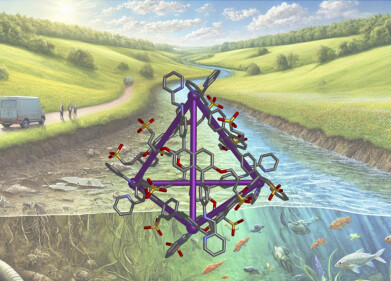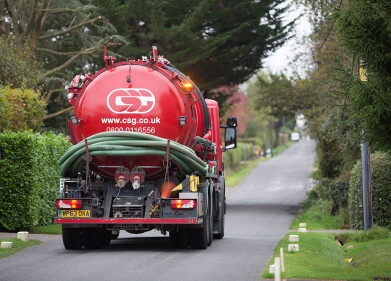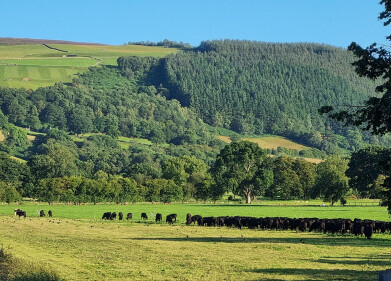Wastewater treatment
Sparta boosts biogas production with advanced digester mixing technology
Apr 24 2025
A wastewater treatment facility in Sparta, Wisconsin, has achieved a remarkable 25% increase in biogas production following the installation of an innovative digester mixing system.
Previously, the city’s two anaerobic digesters—holding 334,000 and 183,000 gallons respectively—suffered from inefficient mixing, allowing rags, grit, and other debris to settle and accumulate at the bottom. However, with the introduction of the Landia GasMix system, the tanks are now thoroughly agitated, significantly improving operational efficiency.
Located between Milwaukee and Minneapolis, Sparta—dubbed the "Bicycling Capital of America"—relies on a wastewater treatment plant originally built in the 1950s to serve a population of 10,000. The facility also handles wastewater from a local food processing plant, a major dairy, landfill leachate, and septage, despite having minimal pre-treatment at the inlet.
A Modern, Maintainable Solution
The new GasMix system, developed by Landia, utilises a robust Chopper Pump and strategically placed venturi nozzles. All mechanical components are mounted externally, simplifying maintenance and reducing downtime—a major improvement over the previous internal system.
“Our old system just pushed air upwards, which didn’t mix effectively,” said Ed Hanson, Sparta’s Wastewater Treatment Plant Manager. “Worse, we couldn’t maintain it without completely draining the digesters, which took everything offline for too long.”
When the first digester was drained for the upgrade, staff discovered a substantial buildup of debris. After installing the GasMix system, however, performance improved immediately.
Immediate Impact and Long-Term Benefits
“Right from startup, we saw impressive turbulence and much better gas capture,” Hanson added. “Six months later, we installed a second GasMix unit in our other digester. Despite space limitations, the setup went smoothly, and it’s been running flawlessly.”
The heat generated from the anaerobic digestion process is now used to maintain ideal operating temperatures in the digesters. Combined with comprehensive sludge mixing, this has enhanced the breakdown of volatile solids and substantially increased biogas output.
Cleaner, Greener, and More Efficient
“Our gas bills are down, and we’re much more environmentally friendly,” said Hanson. “During our long Wisconsin winters, the old system would struggle as temperatures dropped. But with the new mixing system, gas production remains steady—and we’re generating a lot more methane, much faster.”
Unlike the old setup, which hid mixing components inside the digesters, the new system allows Hanson and his team to easily monitor and adjust equipment from the outside.
High-Quality Digestate with Agricultural Value
“Maintenance is straightforward, and we’re producing a high-quality digestate,” Hanson noted. “It’s a valuable nitrogen-rich fertiliser for local farms, helping them cut costs. Now, we’re focused on improving consistency—reducing water content and increasing compaction—so it's easier for farmers to apply.”
Reflecting on the upgrade, Hanson concluded: “This new mixing system was long overdue, but absolutely worth the wait. Now, our digesters are doing what they were meant to—efficiently producing biogas with the help of Landia’s GasMix.”
Events
May 11 2025 Vienna, Austria
May 18 2025 Algiers, Algeria
23rd International Water Management Exhibition
May 20 2025 Prague, Czech Republic
Singapore International Water Week Spotlight 2025
Jun 23 2025 Singapore
Jun 25 2025 Sao Paulo, Brasil





















